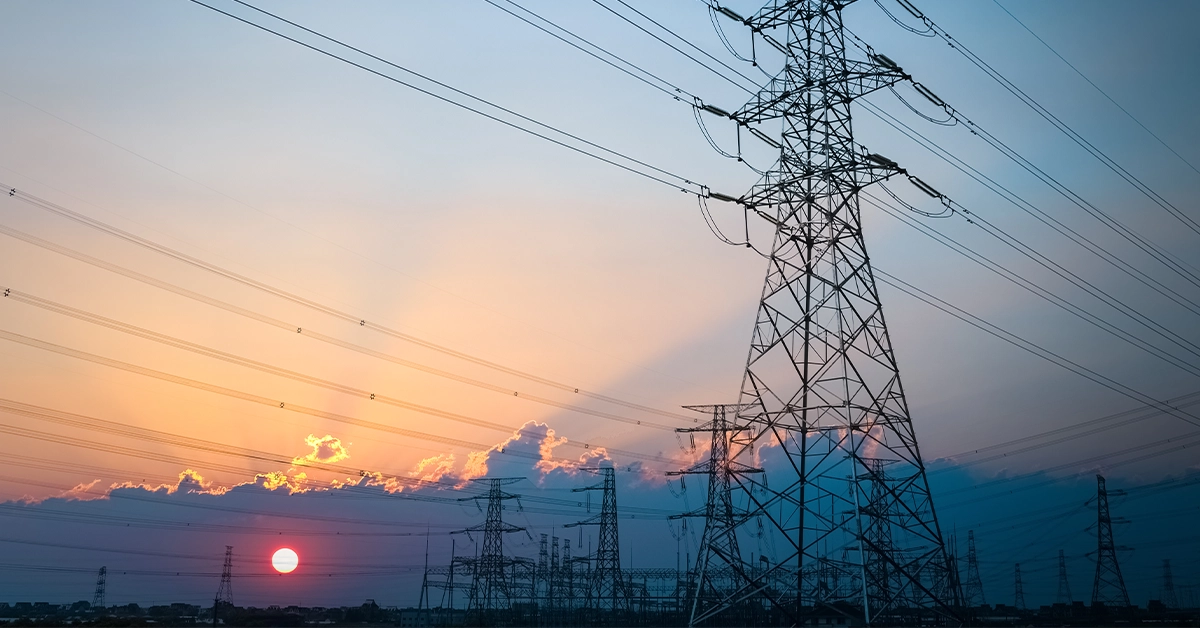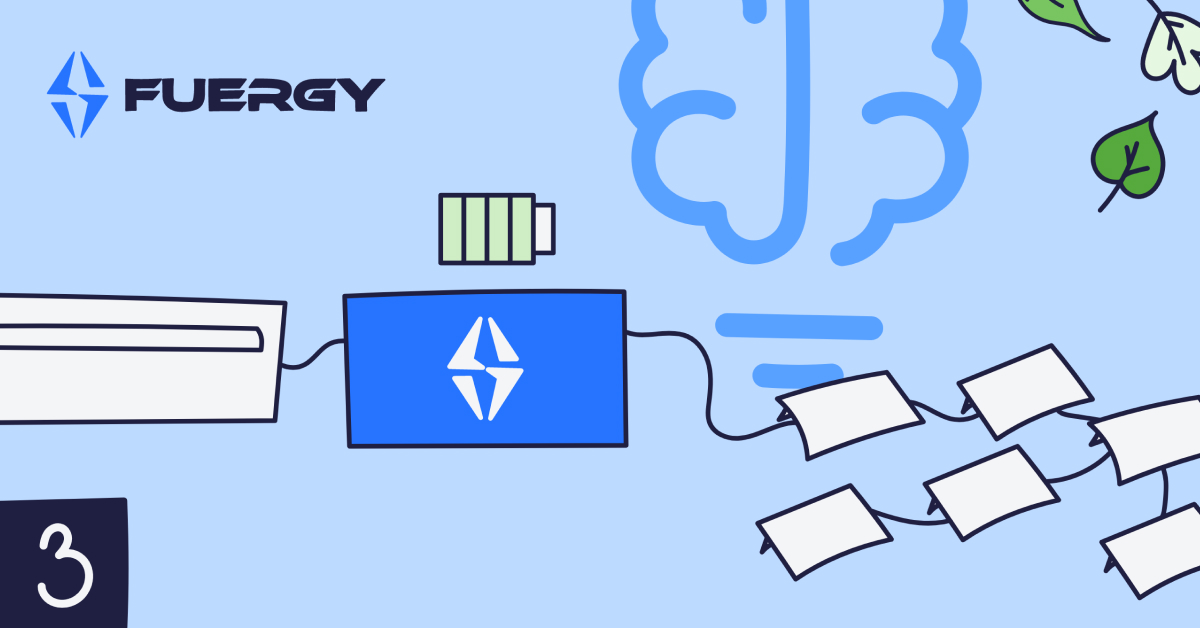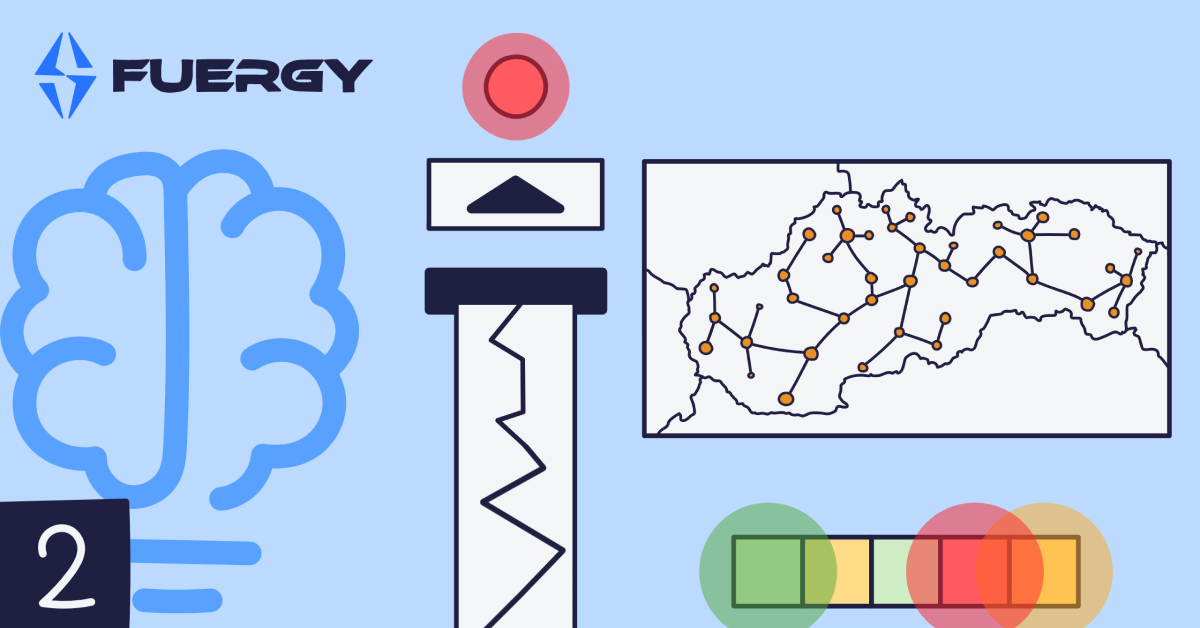
All interconnected lines create a long-distance network that transfers energy from power plants to distribution systems and finally to households and businesses. These transmission networks are monitored 24 hours a day by different network operators and distribution companies, which keep the power grid in balance by ensuring that the electricity supply matches demand in real time. They are also responsible for their reliable distribution to consumers. The United States and Europe have the most developed power grids.

European countries associated in ENTSO-E
In Europe, 34 countries have established the ENTSO-E association (European Network of Transmission System Operators for Electricity). It is made up of 41 operators of more than 305,000 km of high-voltage transmission lines to which can be supplied 828 GW of electricity from all the power plants. This energy is then supplied to the homes and businesses of 532 million people throughout the continent.
Lines transfer energy at a 50 Hz synchronous system frequency with very small deviations. Disturbance of this frequency in one location will be recorded across the entire transmission network. The core objectives of the ENTSO-E association include the functioning of the internal market, cross-border energy trade and the optimal management and development of electricity transmission systems in Europe.
In the US there are more than 200,000 miles (approximately 320,000 km) of high voltage transmission lines divided into three large independent networks in the continental states: the Eastern transmission network covering about two-thirds of the US, the Western transmission network covering about one-third of the US and the Texan transmission network. All 3 transmission companies transmit power at a synchronized system frequency of 60Hz.

Distribution of transmission networks in the USA
As you can see these vast interconnected power grids sprawl through whole continents helping to balance electricity supply and demand. However, it is not traveling freely. Around 6 % of electricity, both in USA and Europe, is lost during transportation and distribution to the consumer. However, these values are very variable and are influenced by various factors such as weather or capacity of the network.
Part of these transmission losses is caused by a resistance of the materials from which the power grid is made of. These losses are greater in lower-voltage transmission lines. Further losses occur in transformer stations where the voltage is transformed between two different electrical transmission or distribution networks such as high and low-voltage power lines. These losses are added to the cost of the electricity as a part of the transmission cost together with the costs of servicing, maintenance and renewal of transmission/distribution networks.
The cost of electricity, apart from production costs, is also affected by the cost of its transmission. Part of the electricity produced is lost. On average, the cost component of transmission systems is distributed around 60% to transmission network infrastructure, 30% to service and system recovery and 10% to the transformer station and transmission line losses.
Now, imagine the need for transmission, especially over a long distance, would be much lower and therefore the losses and needs for servicing and maintaining such a vast network would be greatly reduced. This would lead to lower electricity bills for everyone. By using renewables in combination with the FUERGY Device, electricity could be produced and stored locally — in the place of consumption. That, of course, doesn’t mean that we would completely abolish the idea of electricity transmission over long distances. However, If we allow this energy decentralization by moving the production as close as possible to the point of consumption, the losses caused by the transformation of the voltage at the individual steps of the electrical distribution will be reduced. The goal is to consume the generated electricity on the same network where it was produced, whether it is a site connected to a transmission system or a micro-grid. Another effect in such distributed production sources is the compensation of the reactive component of electricity through inverters.
Maybe 6 % doesn’t look like much but in Europe alone it can add up to more than 50 GW of electricity wasted. The problems with transmission losses and high costs of building and maintaining power grids are an even bigger problem in developing countries, such as India, which we talked about here last week, where the demand for electricity is growing faster than the infrastructure is able to handle, creating major problems.
Electricity is a force that, like water, moves through the path with the least resistance. Therefore, today’s renewable energy, which flows from a few centralized sources to thousands of consumers, creates pressure on the power grid. However, if electricity is produced in a multitude of small sources and these resources will be exchanged between them, the pressure on the distribution and transmission network (and its constant expansion, which also has a negative ecological impact) will be reduced. It also minimizes the risk of a total network blackout.
With the renewable energy source, such as solar panels, everybody can become a producer of energy and make the power grid more decentralized, stable and efficient. But there are some limitations. The Duck curve, we have talked about before, is one of the most pressing ones. With the FUERGY Device, most of these negative effects are eliminated or at least reduced.
Keep reading our blog if you don’t want to miss a chance to learn more about the challenges that the energy revolution faces today. In case you want to see how FUERGY is closing the gap between ecological and economical, do not hesitate to join our Telegram, follow us on Twitter or subscribe to our newsletter.
We are living in the future of energy. Are you?





